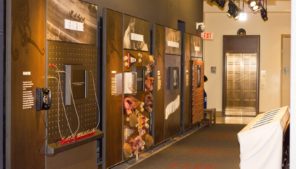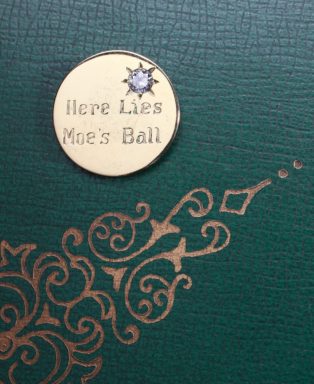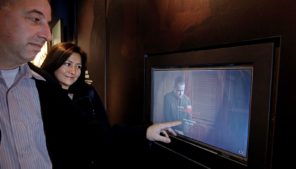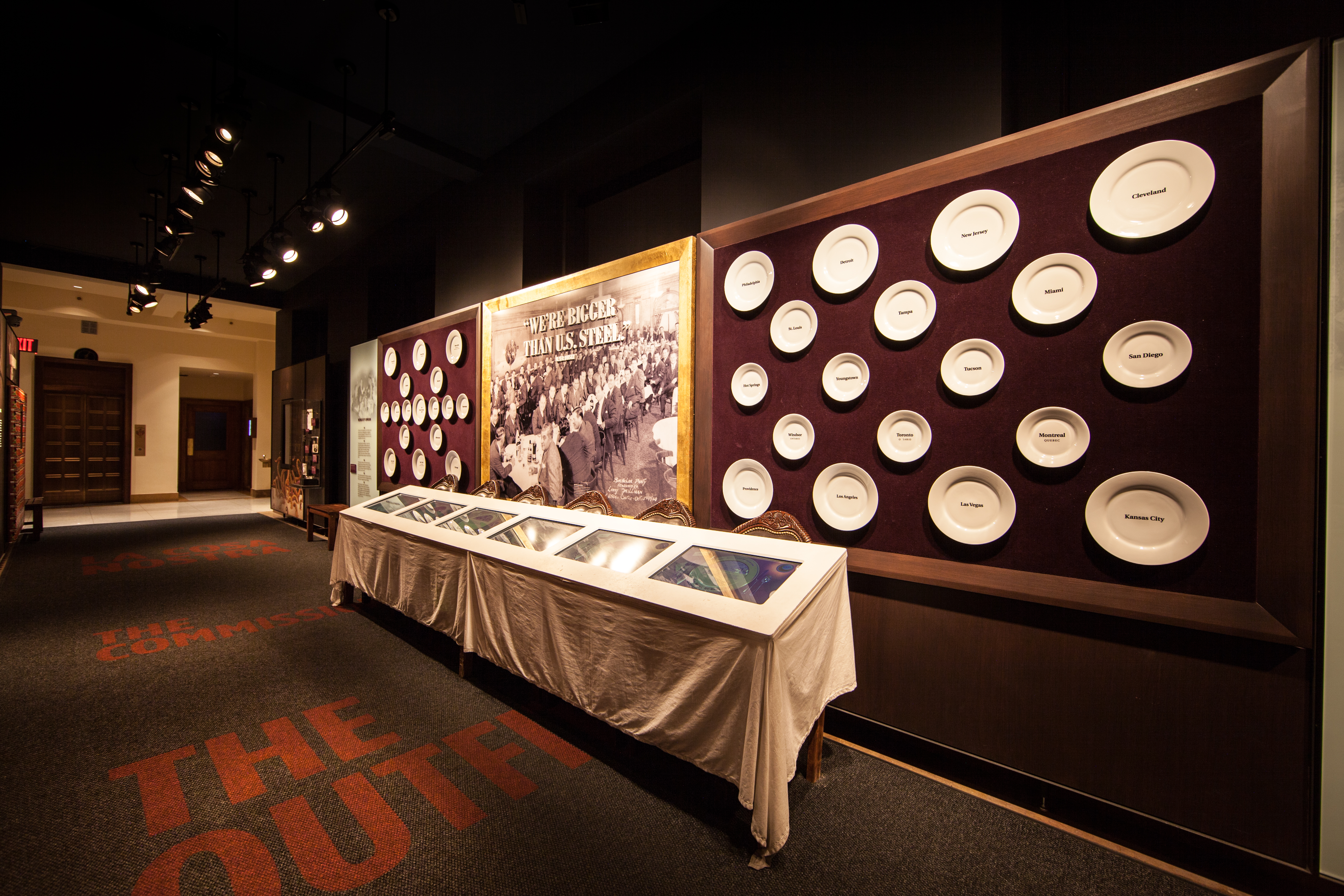
Overview
After Prohibition, the Mob needed new criminal opportunities to exploit. It found plenty. Sports fixing, illegal gambling, drug trafficking and Hollywood extortion schemes were just some of the rackets that helped transform America’s bootlegging gangs into a national crime syndicate. Charles “Lucky” Luciano brutally eliminated the Mafia’s old-school bosses in New York, paving the way for a new generation of leaders who were eager to explore new criminal ventures. By midcentury, organized crime had spread to almost every major city in America, and it constantly developed new ways to make a dishonest buck. But the public did not yet recognize the extent of its power and influence.
Gallery

In 1919, gamblers, allegedly including New York mobster Arnold Rothstein, conspired with eight Chicago White Sox players to throw the World Series.

The race wire played an important role in the evolution of horse racing and betting. Bookies could keep track of races and illegally place bets through the wire.

During World War II, Moe Dalitz served in the Army, rising to the rank of second lieutenant. He went on to become “Mr. Las Vegas,” and a key player in the Mob.

With the repeal of Prohibition, the Mafia had to branch out and find new rackets.

Mobsters smuggled drugs inside tomato sauce cans from Sicily and distributed them in the United States.

Many cities had crime families that all took a seat at the table of the national syndicate.

Moe Dalitz, who invested in and ran the Desert Inn on behalf of the Cleveland syndicate, had many pieces of bling, including this diamond-studded golf marker.

Sporting events and gambling have provided many opportunities for gangs to make money over the years through illegal gambling, as well as bribing players to manipulate outcomes.

Blood oath: Take the blood oath and be indoctrinated into organized crime in a tradition that goes back to the Mafia’s Italian roots.

Hollywood attracted many mobsters, including Bugsy Siegel. Seen here are his sunglasses.















